


|

|
www.cjtu.org |
November 2023 |
General MeetingTuesday, November 14, 2023
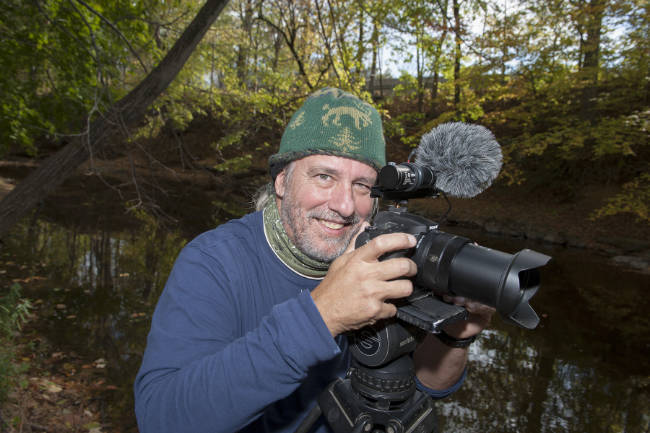
Tim’s presentation will illustrate how to get started by converting a standard trout rod, say, a 9’ 5 weight into a functional Euro-Nymphing set-up and the multiple steps that can be taken after that to produce an advanced outfit. Presentation will cover not only equipment, but flies and on-stream strategies and techniques as well. Tim Flagler is the owner of Tightline Productions, L.L.C., a video production company located in Califon, NJ. Although he produces video programs over a wide range of topics, his specialty is fly fishing. Tim is a well-known fly tying instructor. His YouTube videos are some of the best in the business and his YouTube channel, practicalpatterns.com currently has over 112,000 subscribers and 36 million views. Almost every week he produces a new fly tying or “how to” video which appear not only on his YouTube channel but on Midcurrent and the Orvis News fly fishing blog as well. They’re also featured on Trout Unlimited’s national website and in the Orvis Learning Center. In addition, he has a regular column “Beginner’s Masterclass with Tim Flagler” in Fly Tyer magazine, which selected Tim as their “Fly Tyer of the Year” in their Winter 2022 issue. Many of Tim’s tying videos take the viewer well beyond just the tying of the fly and show what it looks like underwater, what natural it represents and how it can be fished. Tim’s a fixture at the Fly Fishing Shows - giving presentations, teaching classes and often as a Featured Tier. He enjoys guiding year round for South Branch Outfitters (formerly Shannon’s Fly & Tackle) in Califon, NJ and hosts annual trips to Patagonia in the spring and to the Kootenai River in MT in the summer. He’ll be hosting trips to Iceland starting in the fall of 2024. Meeting LocationAmerican Legion Hall
|
News & EventsFinal Point Mountain StockingThe CJTU stocking team completed the fall stocking of the Point Mountain stretch on October 11th. Since the spring we have put into the river over 1700 trout. Because the stretch is a trout conservation area, the fish should hold over to provide good fishing throughout the Point Mountain stretch. With the help of the Hunterdon county parks department we spread the fish along the river for about a mile above the Point Mountain bridge Thanks to all the volunteers who participated in the stockings. Photos courtesy of Mark Scavo. Ed Kordyla, CJTU stocking coordinator 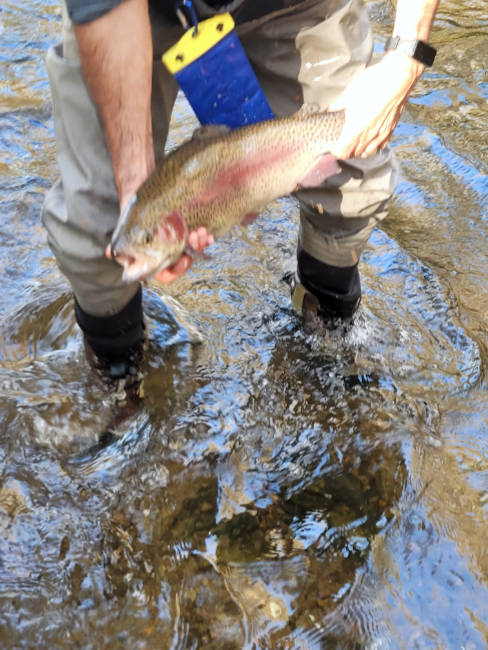
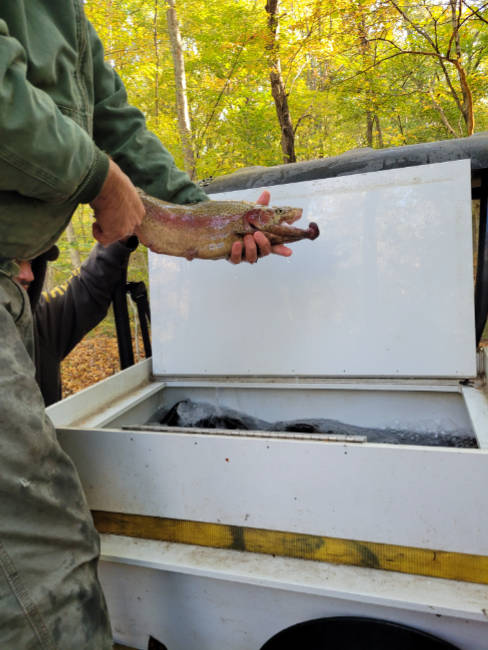


Fly Fisher of the YearNew Jersey’s 14th Annual NJ Fly Fisherman of the Year event was held on Sunday November 5, 2023 at Shannon’s Private Waters at the Raritan Inn Bed & Breakfast, Califon, NJ. The event is sponsored by The Raritan Inn and South Branch Outfitters of Califon, NJ. Fly fishing organizations throughout the state are invited to select one (1) member each to participate in this One-Fly Contest. 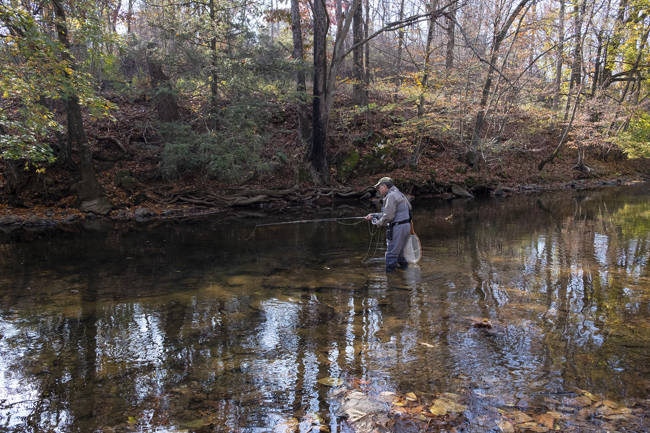
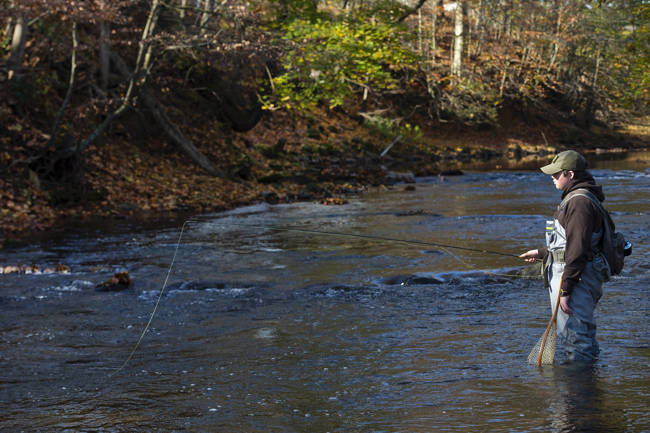

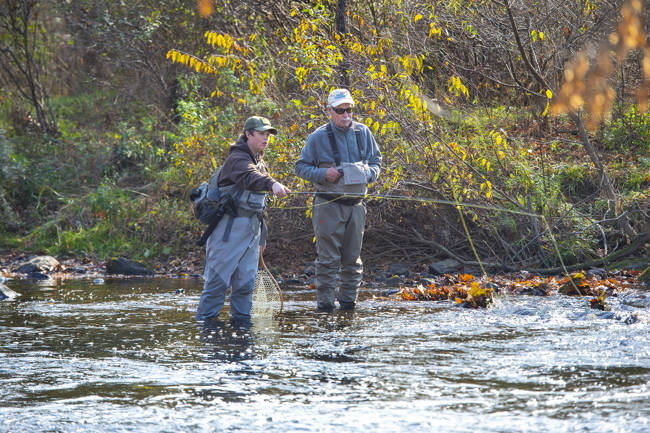

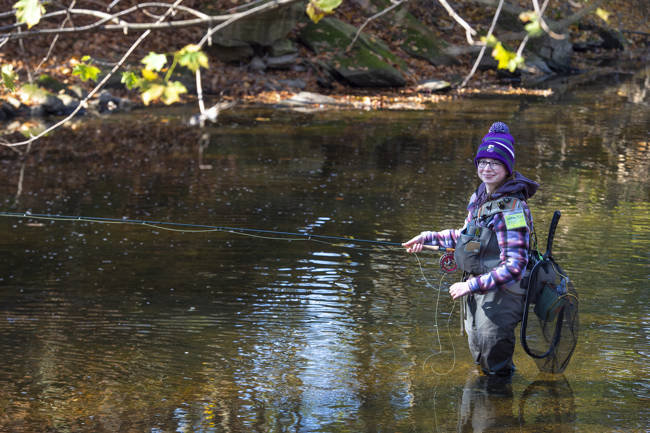
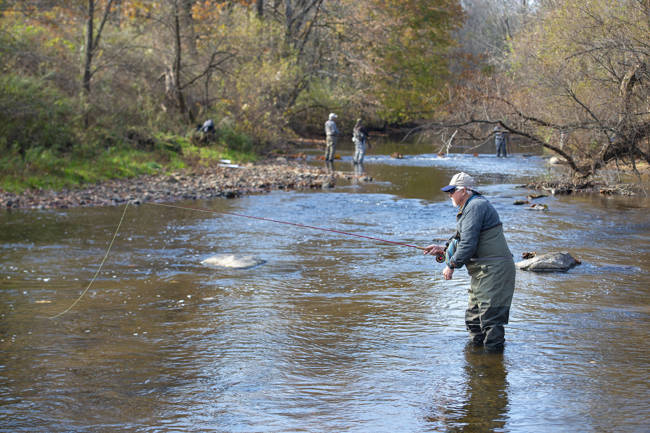
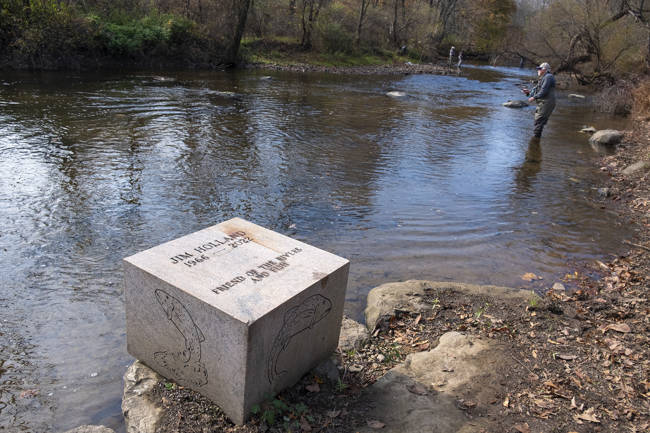
Fly of the MonthThomas’s Double Bubble EmergerTied by Bill Ninke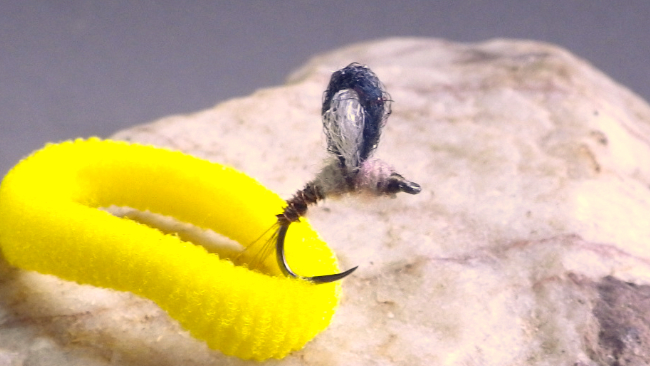
We can best see a small object at a distance when it contrasts with the background. If we are fishing a pond and are working our way around the edge, reflections from the sun cause whitish- silver glare when we are at parts of the periphery but lack of sun reflections allows a clear background at other parts. When we are fishing a stream we also experience changing conditions. Overhanging trees can shade the stream edge causing a dark background while whitish-silver glare can be present in central stream runs. How can you tie a fly that always has some contrast to the background under such continually changing background conditions? This month’s pattern answers this question. The pattern is called the Double Bubble and is the creation a Nick Thomas, a Scottish tier now living in Wales. I first became aware of Thomas in reading an article of his which was published in the December 2020 issue of Fly Fishing & Fly Tying(FF&FT), a prominent UK magazine. It was his first contribution to that magazine. He described how to create effective patterns from silicon beads used as stoppers for post earrings. He further provided an address link to his web site at the end of his article. Making flies from unusual materials has always intrigued me so I visited his web site and was literally overwhelmed by the descriptions of innovative patterns and long list of links to other articles he had written. I spent several weeks going through his publications and patterns which resulted in several questions which I sent to him via his contact form. He responded and launched what have now become frequent email interchanges on patterns, materials, and both tying and fishing techniques. Via his published articles and our emails I’ve formed the opinion that today he is one the most innovative tiers in the world. I cherish our continuing interactions. Since that first article, he has had a new article included in FF&FT almost every month. So, lots of new ideas to explore. In coming months, I’ll be featuring more of his ideas. Although the Double Bubble was only published in the July 2023 issue of FF&FT, Thomas had emailed me some draft material previously so I’ve had many months to experiment with tying and fishing the pattern. As you can see from the photograph, the Double Bubble has two interleaved loops or bubbles of winging fibers on the top front of the pattern. These are of contrasting colors so the pattern stands out from varying backgrounds. The remainder of the pattern is tied so that the total assemblage is an emerging mayfly. I first tied and tried the pattern this Spring and selected the back end materials and overall coloration to represent an emerging Hendrickson. These choices are detailed in the materials list and photo. I used black and white fibers for the loops for high contrast. Thomas calls this his Skunk variation. Other combinations can be used. Also you can use the winging idea with many different materials to represent the nymph body portion. Many hook styles can be used from standard dry fly hooks to various emerger and Czech nymph ones. Thomas illustrated his pattern using size 14 hooks. Initially I have also used size 14s but I’m sure the pattern can be tied both up or down one size, maybe two. A wide variety of winging fibers can be used for the loops. I’m partial to EP Trigger Point fibers because I have them in many colors. But various other polypropylene yarns can be used. I’m tempted to try the new Ultimate Dry Fly fibers from Fulling Mills and may do so in the future, not only for this but other surface patterns. The tying instructions portion of my writeup this month is unusual. It is not my typical detailed set of instructions but is just a link to the sequence of tying step photos Thomas published in his FF&FT article and has now included in his site. In his sequence he used another wing color combo, dun and olive, which seems appropriate for a fly fished in the summer. I think you’ll find his instructions easy to follow. Finally, why feature a pattern related to a Hendrickson hatch now? Well, you know you usually wait to the last minute in April to start filling the holes in your box. If you start now you’ll be have a box filled with precisely tied very effective patterns when they start to pop. Hopefully you can see this point. Click here for the recipe! |
Central Jersey Trout Unlimited’s Supporters |